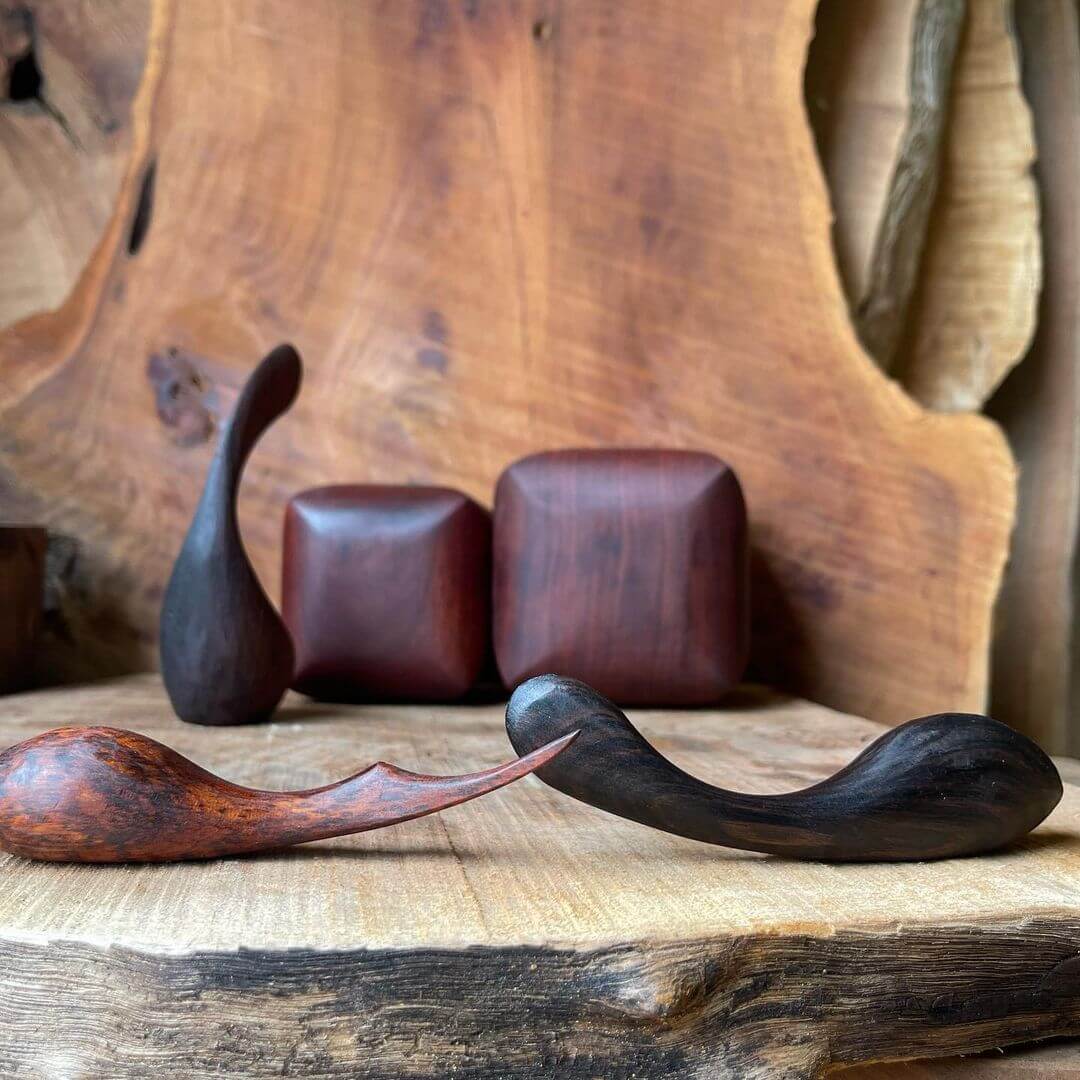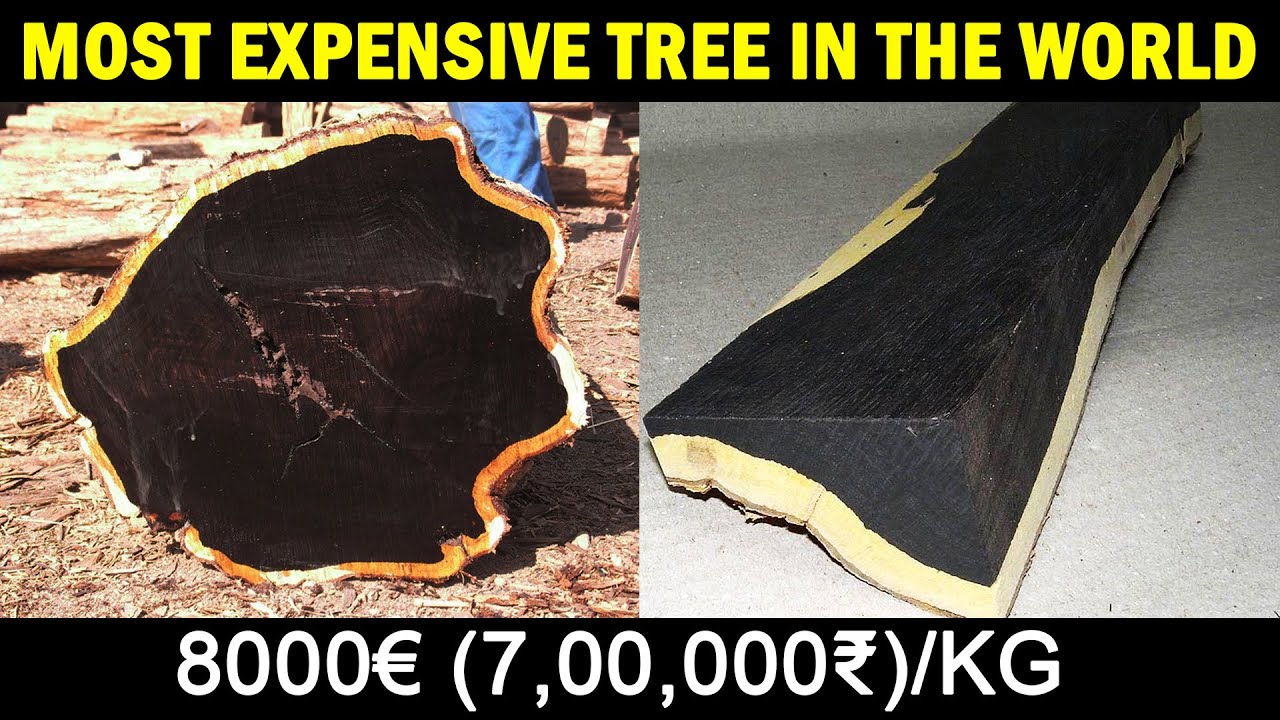Most Expensive Wood in the World
African blackwood is the modern world’s most expensive wood. A cubic meter can cost as much as $13,000, while a log can set you back by around $10,000. The price of smaller square boards starts at around $100 per foot.
For millennia now, wood has been a staple of human civilization. The fact that it can be used to make everything from simple, practical chairs and tables to luxurious, ornate decor is a testament to how versatile this gift from Mother Nature is.
However, if you’ve shopped around, you know that some types of wood are more expensive than others. While a sandalwood bench will cost you a mini-fortune, something made of poplar or maple will be a fraction of the price.
What makes some wood more expensive than others? And what is the most expensive wood, anyway?
Here are all your questions answered!
The World’s Most Expensive Wood
Here’s a list of the most expensive wood in the world, ranked from the highest to the lowest.
1 | African Blackwood
Costing around $13,000 for a cubic meter, $9,000 to $10,000 for a log, and $100 per board foot, African blackwood tops the list of the most expensive wood in the world.
Several reasons contribute to this wood’s value—its unique texture and striking color, the fact that the tree is an extremely slow grower (it is ready for harvesting only after turning 80 years old and reaches maturity only after turning 200), its relatively small size (the trees reach a maximum height of 50 feet), and its hardness and density that often blunt or break tools used for cutting and sculpting!
Compounding this is the tree’s rareness, bordering on extinction—largely a result of human practices like overconsumption, harmful agricultural practices, and deforestation.
African Blackwood is commonly used in making instruments (typically clarinets, oboes, Highland pipes, and other woodwind instruments), where it is prized for its ability to resist warping and decay, and overall durability. The wood is also oily, which prevents rust from forming on tools.
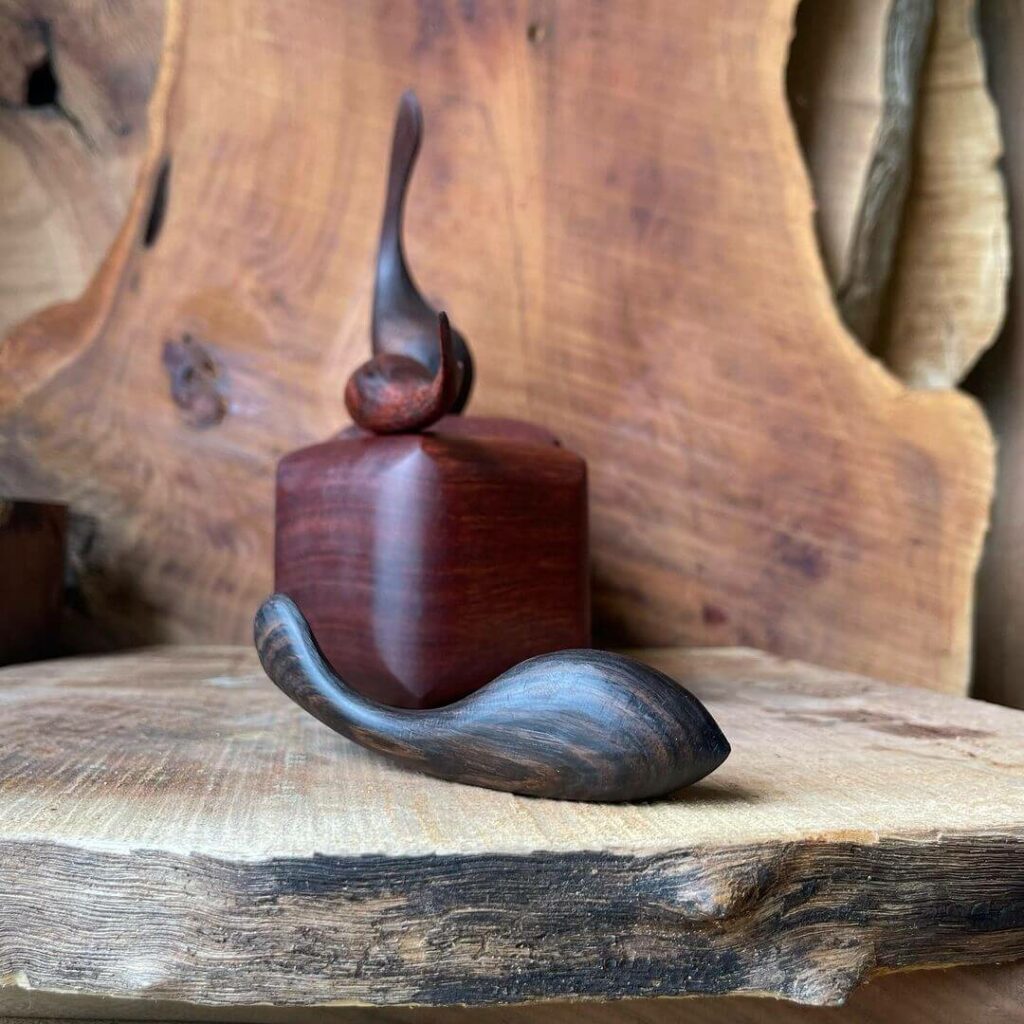
2 | Pink Ivory
Also commonly known as red ivory, purple ivory, or umgoloty, this African hardwood once served as the Zulu people’s royal tree and hence, could only be possessed and used by members of the royal family. 1879’s Anglo-Zulu War changed this, introducing the rest of the world to this magnificent variety of wood.
Pink ivory comes a close second to African hardwood, costing around $80 to 85 per board foot. What makes this wood so valuable?
For one, this tree is so rare (rarer even than diamonds, according to some) that it’s hard to spot even in its native lands, where it is sustainably maintained and protected, with felling requiring very stringently provided, limited permits.
Secondly, the wood boasts a density of 990 g/dm3, which puts it among the hardest and most durable wood varieties in the world.
Thirdly, the wood is just gorgeous! With its beautiful hue, even texture, gorgeous fiddle back grain pattern, and natural radiance, this wood is among the most beautiful in the world and can be turned into stunning jewelry, artistic pieces, and sculptures.
Finally, the combination of aesthetic beauty and hardiness makes this wood an irresistible choice for woodwork.
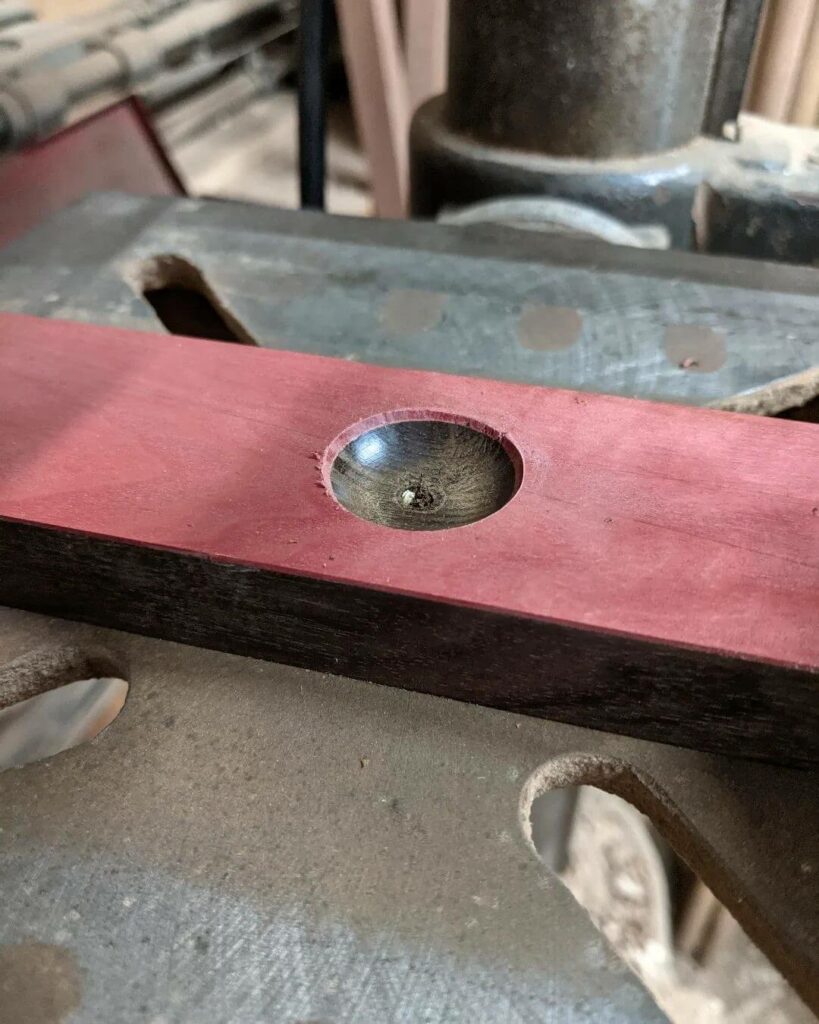
3 | Brazilian Rosewood
Among the most durable wood varieties with impressive resistance to decay and insects, Brazilian rosewood, named after the rose scent it emits when cut, is a woodworker’s favorite since it can be easily molded to shapes and objects with machine and hand tools, unlike some of the other wood varieties on the list.
Brazilian rosewood trees form one-half of the duo of “spider-webbed” or “landscape” trees in the world (the other is ziricote), thanks to their unique, spiraling grain patterns. The sapwood is a light yellow in these trees, while the heartwood is much darker.
Brazilian rosewood, despite its value, requires very little maintenance. Like most expensive wood species, this one is also featured on the CITES endangered species list, due to which there are harvesting restrictions.
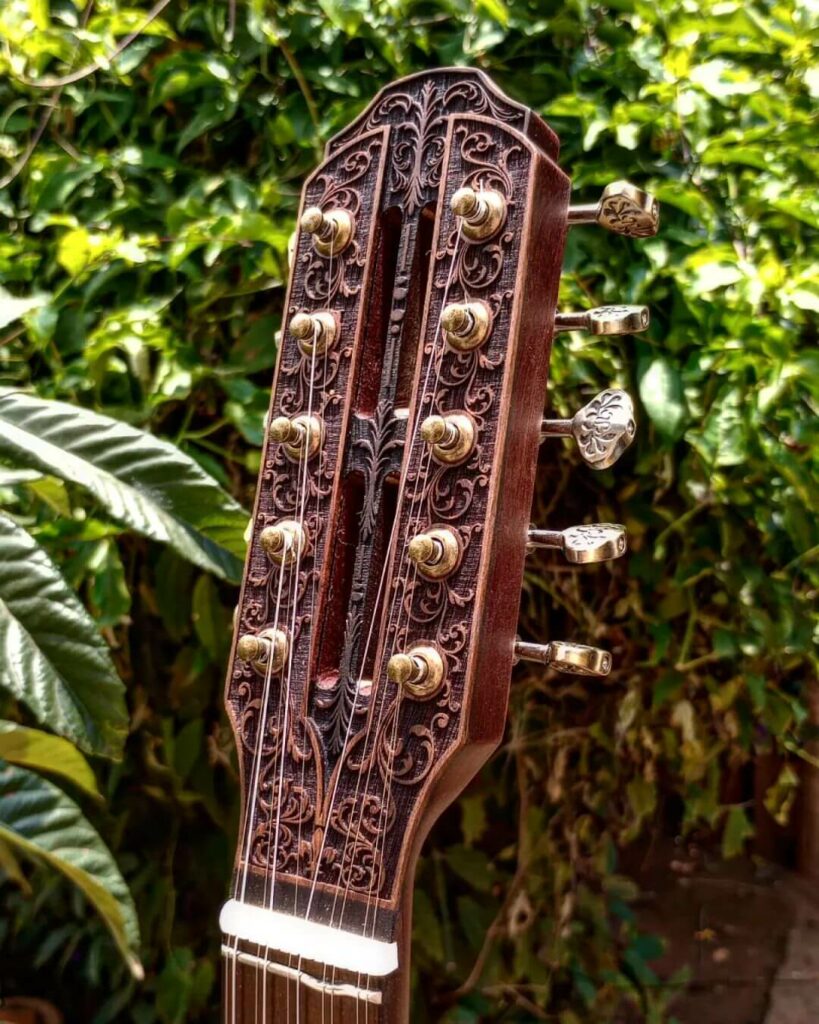
4 | Makassar Ebony
This hardwood tree is one of many in the ebony family found around the world, from Africa to southern India.
Like all its cousins, Makassar ebony (also known as striped ebony) is quite dense (it may even sink in water) and sports a fine, polished appearance in finished woodwork. The sapwood is golden yellow, while the heartwood is a deep black, and the grain is smooth, dark, and flat.
The primary reason behind ebony’s value is its rarity. Though these trees grow around the world, they grow in very few spots, and like the African hardwood, can take between 70 and 200 years to reach maturity.
Again, like the African hardwood, these trees are also threatened with extinction, which increases their value (and demand) in the market. To combat overfarming and keep the value and demand high, the government declares the annual quota of Makassar ebony trees that can be cut.
Apart from this, ebony is also a gorgeous, durable wood variety with a splendid veneer that makes excellent furniture, instruments, jewelry boxes, and luxurious cabinets.
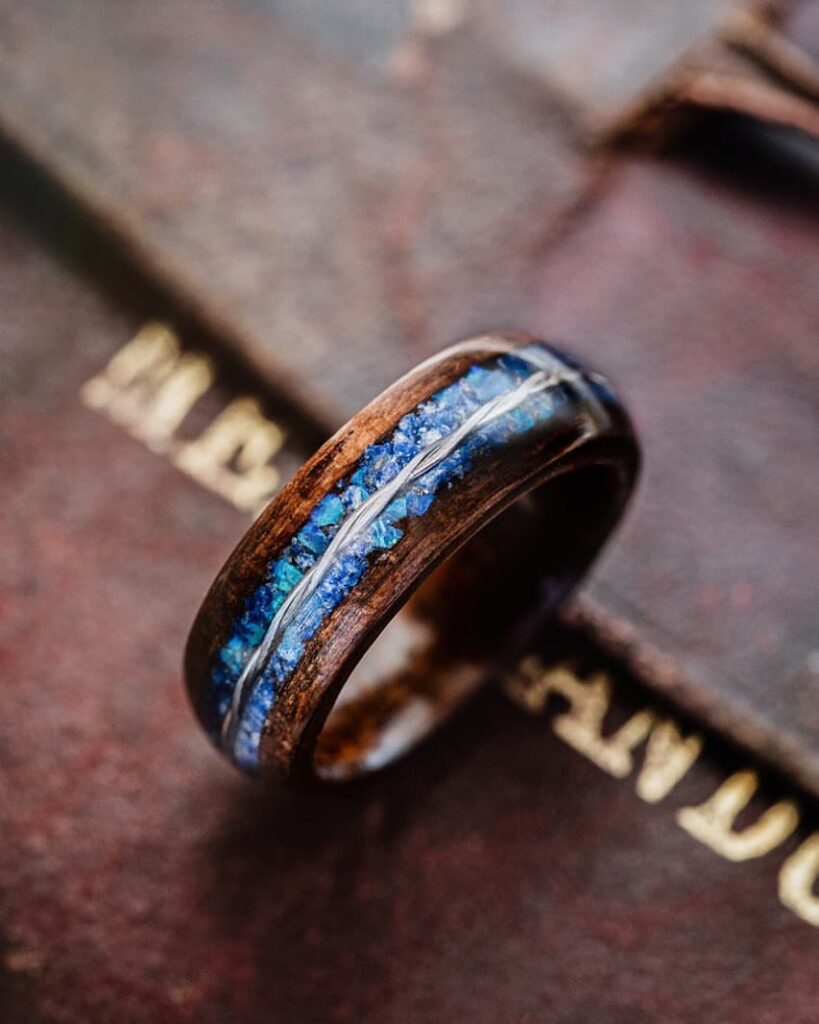
5 | Koa
Hailing from the lovely Hawaiian Islands, koa looks similar to mahogany and has been used for decades by Hawaiian natives to make everything from musical instruments to souvenirs to veneers and art pieces.
The wood’s simple grain pattern, coupled with its rich coloring, make it a favorite in the woodwork and furniture industries, while its acoustic properties make it ideal for instruments—musical instruments giant Fender even created and released limited-edition Stratocasters and Telecasters sculpted from koa.
What makes this wood so pricey, despite how commonly found it is in Hawaii, is the fact that only decaying or dead trees, growing on public lands, can be cut down for commercial purposes. Additionally, young koa trees fall prey to grazing animals, which further brings down the number of available trees.
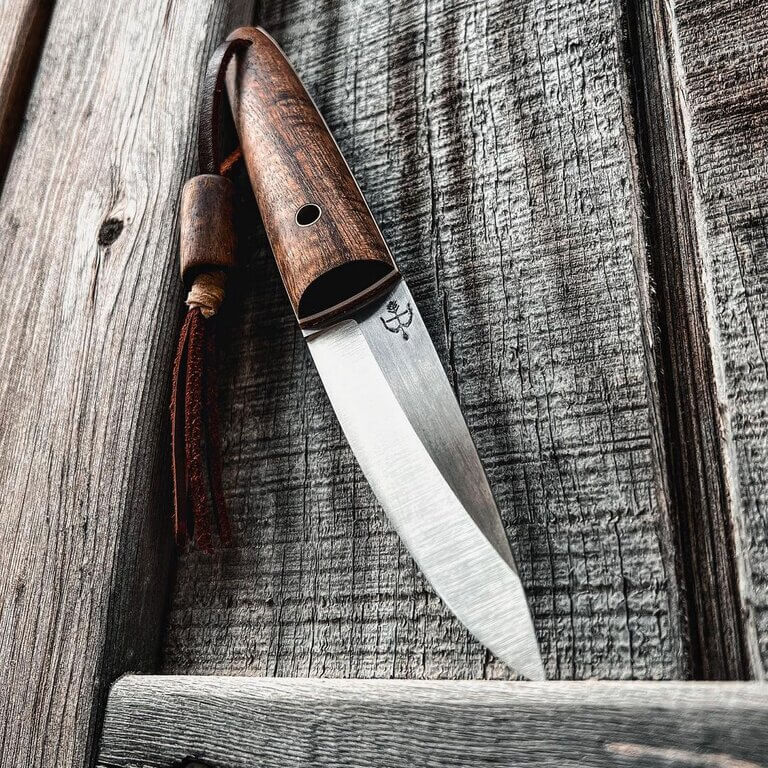
6 | Ziricote
The only other wood with spider-webbing grain, ziricote is popularly used to make furniture, cabinets, and some musical instruments. This wood is prized for its lovely hue and grain pattern, its resistance to decaying, its long-lasting nature, and its natural strength and density.
Though rare, the increasing number of ziricote trees makes this relatively more affordable than other types of wood. Ziricote is favored in woodworking as it can be easily worked on with machine and hand tools, with planing giving the wood a vibrant sheen.
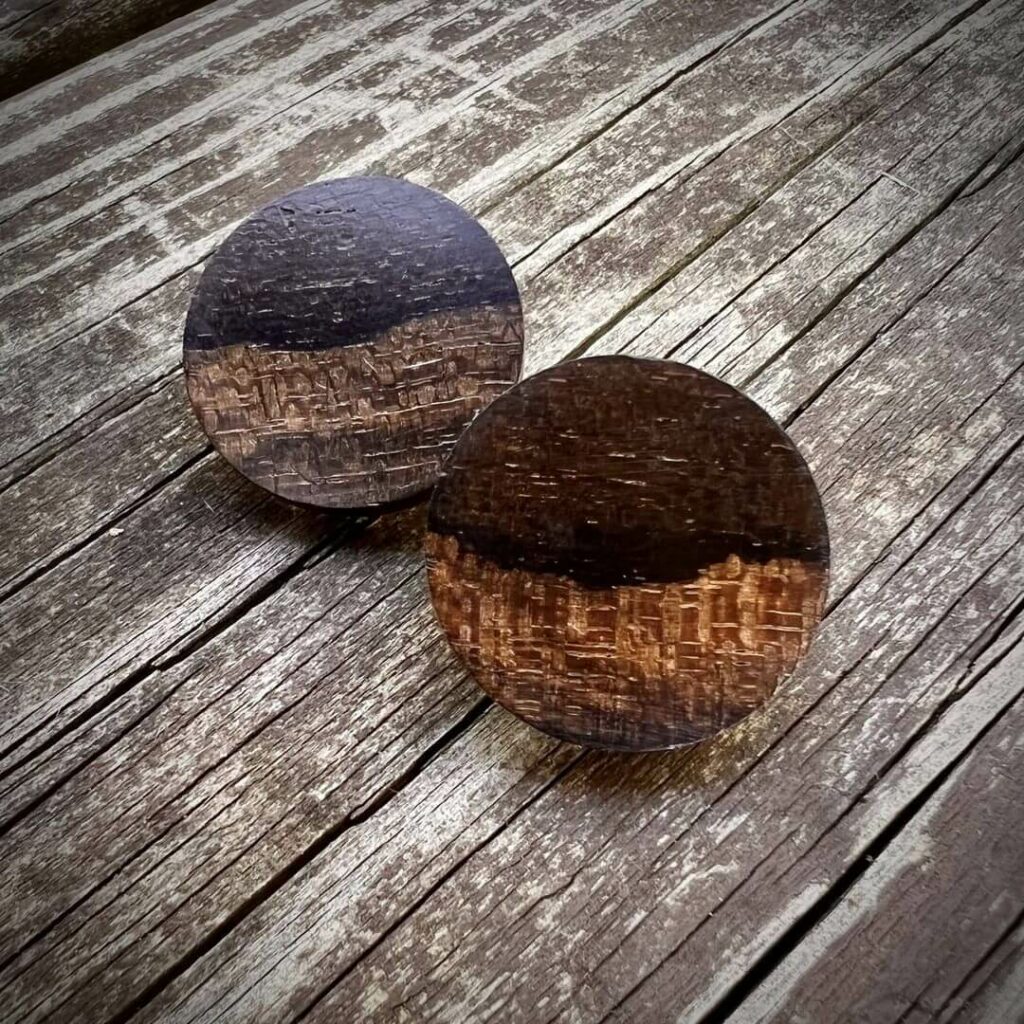
7 | Sandalwood
Fragrant, golden-yellow sandalwood trees have managed to hold their value and demand from the time 19th-century European traders introduced took them from their native lands and introduced them to the rest of the world.
This versatile wood comes from extremely slow-growing trees that are more common in religious ceremonies than any kind of woodwork. The wood is also powdered and used as a paste in various rites, as well as incense, soap, perfumes, and candles. Sandalwood oil is also highly prized.
Sandalwood is used to make jewelry boxes for two primary reasons—its natural insect-repellant properties and its fragrance, which is said to last for years.
Sandalwood is also a common ingredient in folk medicine and traditions, valued for its anti-inflammatory and anti-cancer properties.
Depending on what form you buy it in, sandalwood can work out very cheap or very expensive!
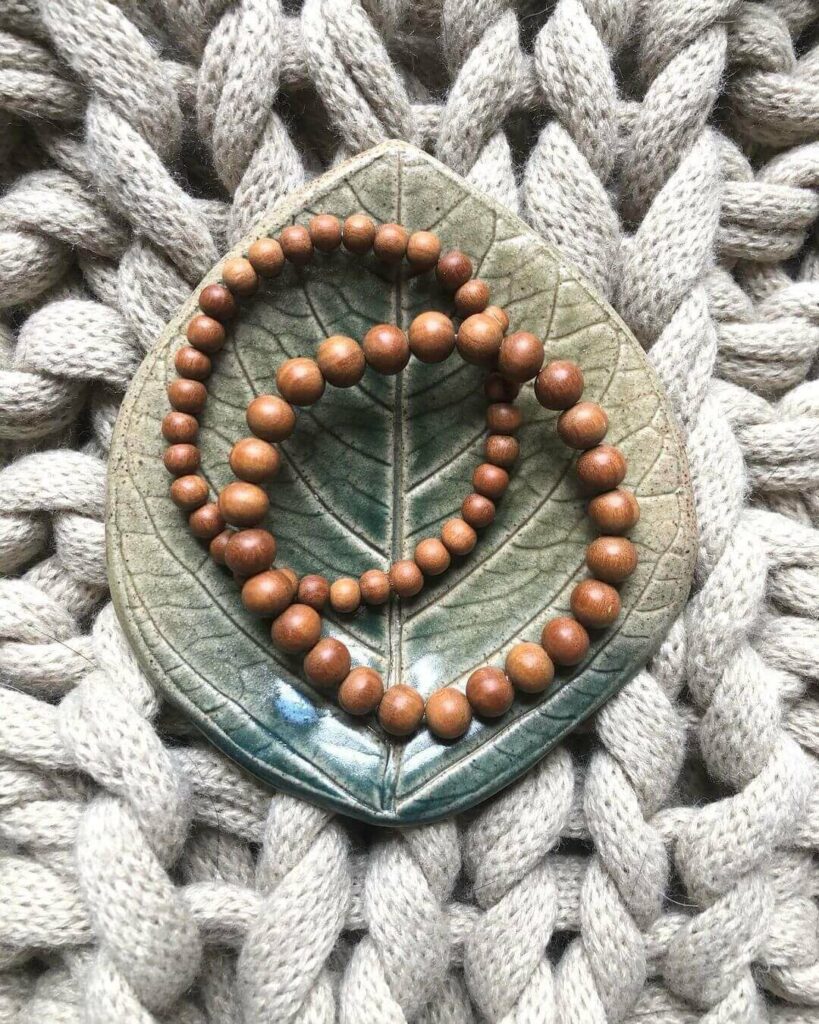
What Defines Wood Value?
The value of wood can be defined based on some chief characteristics:
- The rarity of the wood in regards to the supply and demand and the geographical location of the lumber.
- The wood’s resistance to various natural elements, such as different types of weather, insects, and decay.
- The durability of the wood and how long it can last (which is often dictated by the density and hardiness of the wood).
- The wood’s aesthetic value and the properties of the lumber in terms of whether it’s a hardwood or softwood.
- How workable the wood is and how easily it can be turned into the desired results (often dictated by how fine the wood’s texture is).
The Bottom Line
As you now know, African blackwood is the world’s most expensive wood.
As for the rest of the list, it is by no means exhaustive—these are the wood varieties popularly counted as the world’s most expensive and rarest, though several more relatively unknown species such as cocobolo, lignum vitae, bocote, agarwood, and bubinga are just as expensive and rare.
However, this list should give you a headstart on the subject and pave the way for your own research when considering wood for woodworking projects. This is especially if you’re in the market for rare, expensive wood!

